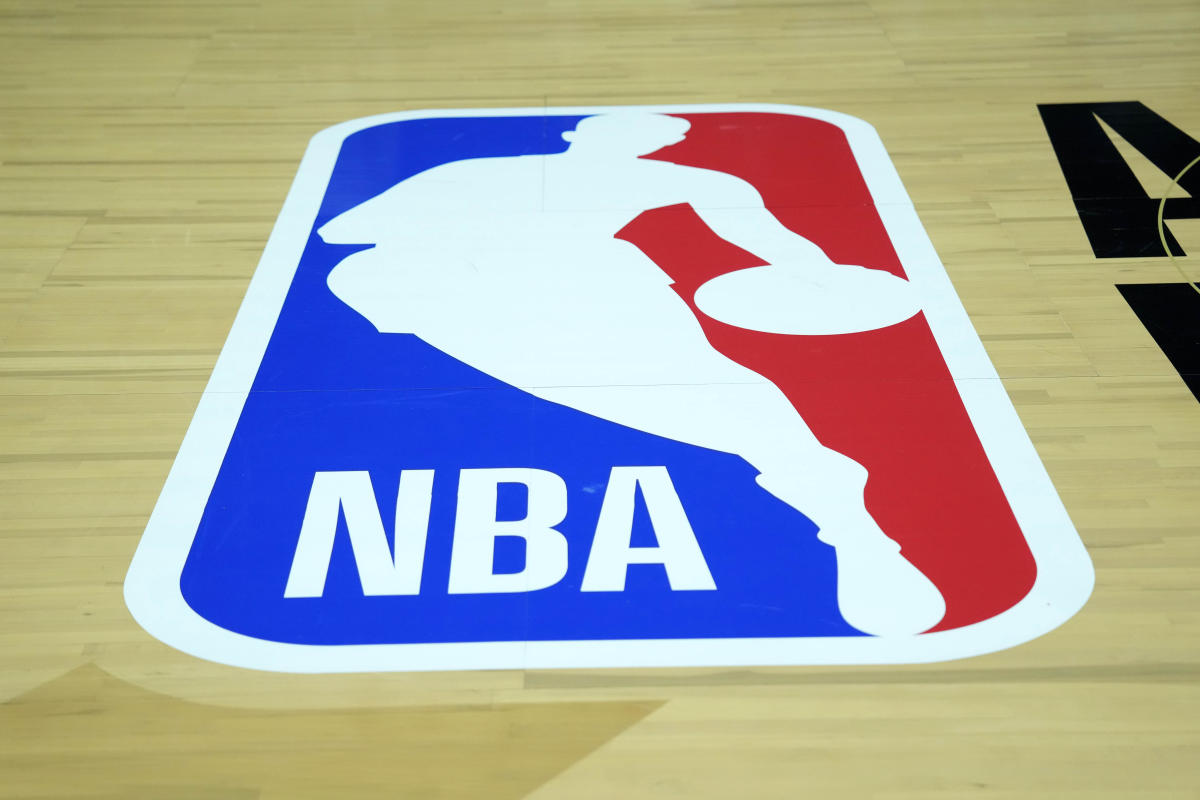
Nearly twelve years ago, NBA Commissioner David Stern and the National Basketball Players Association (NBPA) couldn’t agree on a new collective bargaining agreement (CBA). What resulted was much more consequential than a month-long lockout.
The NBA has been on this trailblazing path since 2011. Incrementally, things have been implemented by current Commissioner Adam Silver, and most of the reported changes of last week’s new CBA were discussed years prior. It should be celebrated that these CBA negotiations avoided a potential (albeit slim) work stoppage, but will it change the sport too much?
A new deal was completed because of a little-known opt-out clause in the current CBA. Initially set to expire after 2023-2024, the opt-out would dissolve the CBA after this year. The clause had to be triggered by Friday at midnight to go into effect. The agreement squashed any possibility of that taking place.
Inside The CBA
The most significant change to the NBA product is the installation of an in-season tournament. The details aren’t finalized, but early indications of the entire deal by Adrian Wojnarowski and Tim Bontemps of ESPN say the tournament will take place over the first half of the season.
Details include certain early-season games that will serve as pool play games. The results of pool play will determine who participates in the eight-team tournament. The final-four teams would play on a neutral site. Lastly, the winning team’s players will each receive a $500,000 bonus.
The tournament is intended to boost the importance of early-season games. Another benefit is that this is a performance-based incentive for players. $500,000 might not sound like much to high-paid superstars, but to the end of the bench and young players, it’s not pennies.
There are obstacles to this idea catching on. First, will players and fans care? The danger of this idea is that it could feel like a consolation prize behind the whole season championship. Second, is this simply too much basketball? A team could play well over eighty-two games before the playoffs between preseason, in-season, regular season, and play-in tournament. That raises questions about whether players will wear down the more they play.
New Awards Criteria
The qualifications for NBA awards and honors have been revised according to the reporting. The All-NBA teams and regular season awards will only apply to players who pass a sixty-five games played threshold. These changes come in the aftermath of serious debates around the concept of load management. Similarly, the All-NBA teams will now have position-less voting. This change must be in response to the past two seasons, where the top-two MVP candidates have occupied the same position.
The games played requirement levels the playing field for those who are eligible to win awards. It makes it easier for voters to agree on a group of candidates. But it also allows for some chicanery to take place. Players might be placed into a game for mere seconds just to cross a game’s played requirement. Admittingly though, that is a relatively minor issue.
On the other hand, concerns over the position-less aspect of voting for All-NBA teams have some questioning its purpose. The argument against it is that the MVP and All-NBA are two different things. A position-less format conflates the two. An All-NBA team could hypothetically include all players from the same position. A sight that is rarely seen in actual basketball.
Financial Rules
The only real competitive changes in the new CBA concern the highest-paying teams. A new luxury tax level, or apron, has been added. Teams who are $17.5 million over the current luxury tax line will be restricted on the types of contracts they can give out. Including other restrictions in the deal, teams over that line will not be able to use the taxpayer mid-level exception.
This could effectively eliminate the buy-out market late in the season that we have seen in recent years. To ease that pain, teams will be allowed to carry a third two-way contract on the roster.
The other major financial change allows teams to resign players to up to 140% of their previous salary compared to 120% previously. This has serious ramifications for teams like the Boston Celtics, who can now offer a player like Jaylen Brown more money in an extension.
Player Benefits
Players will also be able to invest in NBA and WNBA teams. As suggested by Shams Charania of The Athletic, this opportunity allows players to invest with an approved private equity firm. Other investment avenues have been opened too. Players are eligible to promote and invest in gambling companies.
Lastly, players will no longer have to worry about testing for marijuana. This extends a policy that was introduced after the pandemic season in the bubble, where the league paused its testing program.
Many will cringe at the prospect of players investing. There are many hypotheticals that can be waged on conflicts of interest within this practice. But this is an opportunity for players to earn wealth outside of playing.
More and more details will come out as the new CBA has to be voted on again before it is approved and ratified. Even so, fans should come prepared for a whole new league in the fall of 2023.












